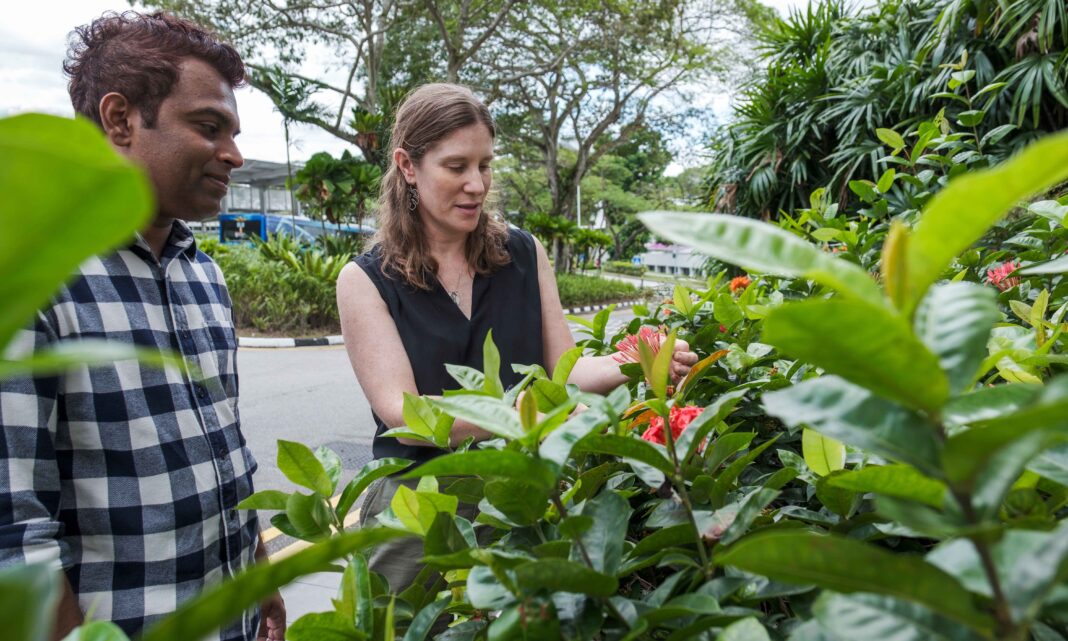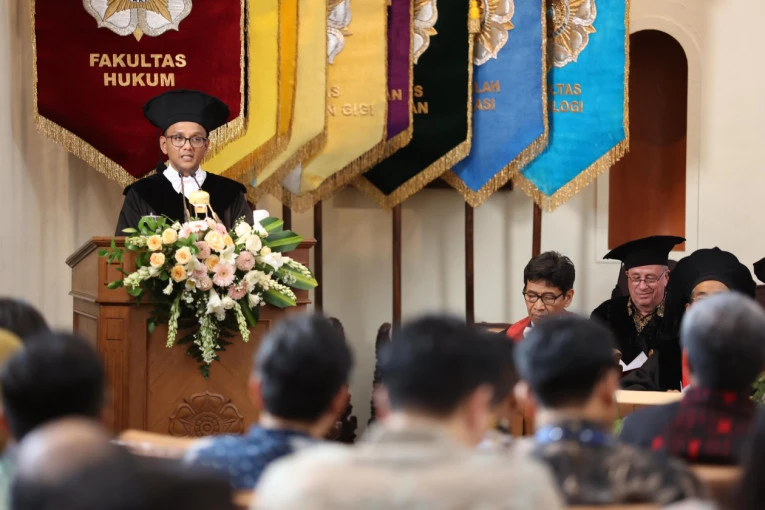Singapore Study Shows Road Verges Boost Urban Butterfly Populations
A new study led by Nanyang Technological University Singapore has found that road verges with diverse flowering plants significantly benefit butterfly populations in urban environments. The research demonstrates that these small artificial green spaces beside busy roads can improve both butterfly numbers and species diversity when managed with less frequent cutting or selective pruning.
Key Details
The Singapore study revealed that road verges containing various flowering plants positively impact butterfly populations when maintenance practices allow plants to flourish. Researchers found that greenery surrounding these verges also contributes to similar positive effects on butterfly communities.
While busy roads negatively affect butterflies, the study showed that benefits from well-maintained road verges can offset traffic impacts when vehicle speeds remain moderate. This finding suggests urban biodiversity conservation strategies can incorporate existing infrastructure.
Quotes & Reactions
Associate Professor Eleanor Slade from NTU’s Asian School of the Environment, the study’s senior author, explained that “a greater diversity of flowering plants offers a variety of nectar sources for butterflies.” She added that this diversity “can attract more species of butterflies, especially those that prefer a broad range of nectar from different flowers.”
Dr Tharaka S. Priyadarshana, a Research Associate from the Asian School of the Environment and the study’s first author, noted that “while road verges provide nectar sources for butterflies, green spaces away from busy roads may offer better conditions for butterflies to lay their eggs and rest.”
Background & Context
Plants, especially flowering varieties, are commonly grown along roads to beautify cities worldwide. The research team, which included Associate Professor Janice Lee as co-author, examined how these urban green infrastructure elements function as habitat for wildlife.
The study focused on road verges as artificial green spaces that could serve dual purposes of urban beautification and wildlife support. These areas represent potential stepping stones for butterfly movement through urban landscapes where natural habitat is increasingly fragmented due to urbanization.





